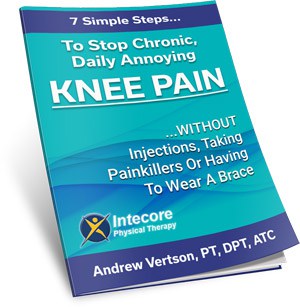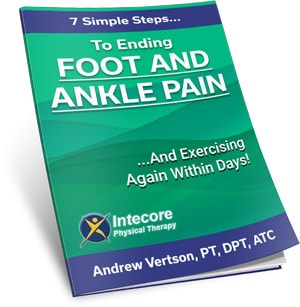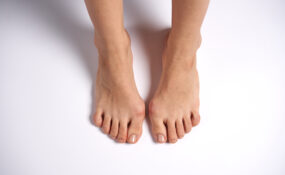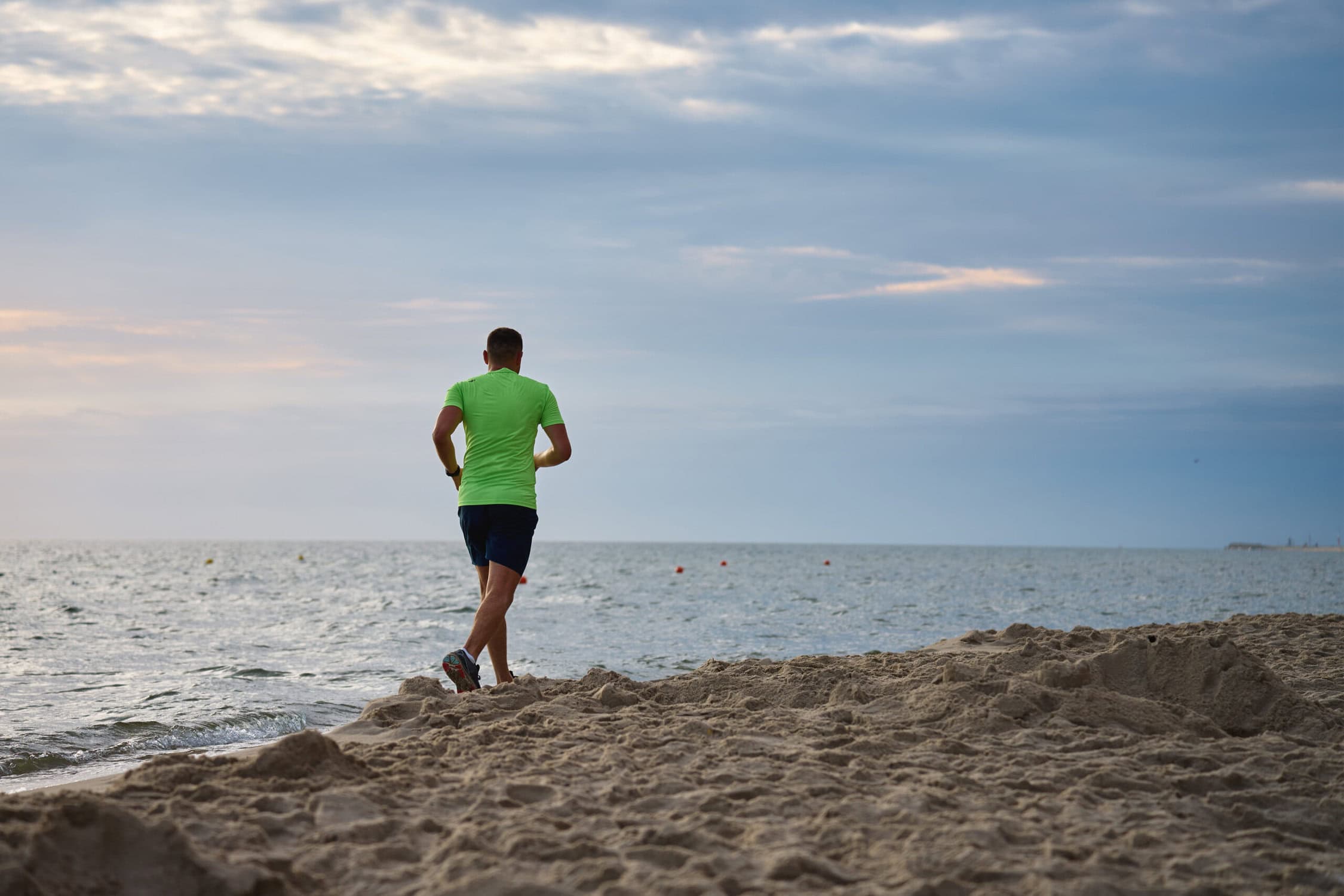
Beach running is one of the most exhilarating and beneficial workouts you can enjoy here in beautiful Orange County. Imagine the cool ocean breeze, the sound of crashing waves, and the feel of soft sand beneath your feet – it’s no wonder that beach running is a favorite among locals and visitors alike. But while beach running is desirable, it’s essential to approach it with the right knowledge to maximize benefits and minimize risk of injury.
In this blog, we’ll dive into the essentials of beach running. In my clinic I’ve seen firsthand how running on the beach can transform your fitness routine – but only if done correctly. Whether you’re a seasoned runner or just starting out, these 7 tips will ensure your beach running experience is both safe and effective. From choosing the best time of day to proper footwear and injury prevention, we’ve got you covered. So, let’s get started on making your beach runs the highlight of your summer workouts!
More Posts Like This By Intecore Physical Therapy:
Runners Knee Stretches: Top 5 Stretches Every Runner Needs to Know
The Importance Of Staying Hydrated In Summer Weather
The Morning Stretches You Can Do To Avoid Pain
Table of Contents
7 Beach Running Tips
Tip 1: Choose The Right Time Of Day
Running at the beach at the right time of day can make all the difference in your experience and safety. The best times for beach running are early morning and late afternoon. During these times, you can avoid the peak heat of the day, which can be particularly intense on the open sand. Additionally, running during these cooler periods helps you avoid the larger crowds that typically gather during midday.
Benefits: Running early in the morning or late in the afternoon not only keeps you cooler but also reduces the risk of heat exhaustion and dehydration. The sand is often firmer and easier to run on during these times, and you’ll have a more peaceful, less crowded environment to enjoy your workout.
Tips: Before heading out, check the tide schedules to ensure you have plenty of firm, wet sand to run on. High tides can significantly reduce the available running space, forcing you onto softer sand, which is much harder on the legs and can increase the risk of injury. Also, keep an eye on the weather forecast. Running in overly windy or stormy conditions can be challenging and unsafe. By planning your runs around these factors, you’ll ensure a safer and more enjoyable beach running experience.
Tip 2: Wear Appropriate Footwear
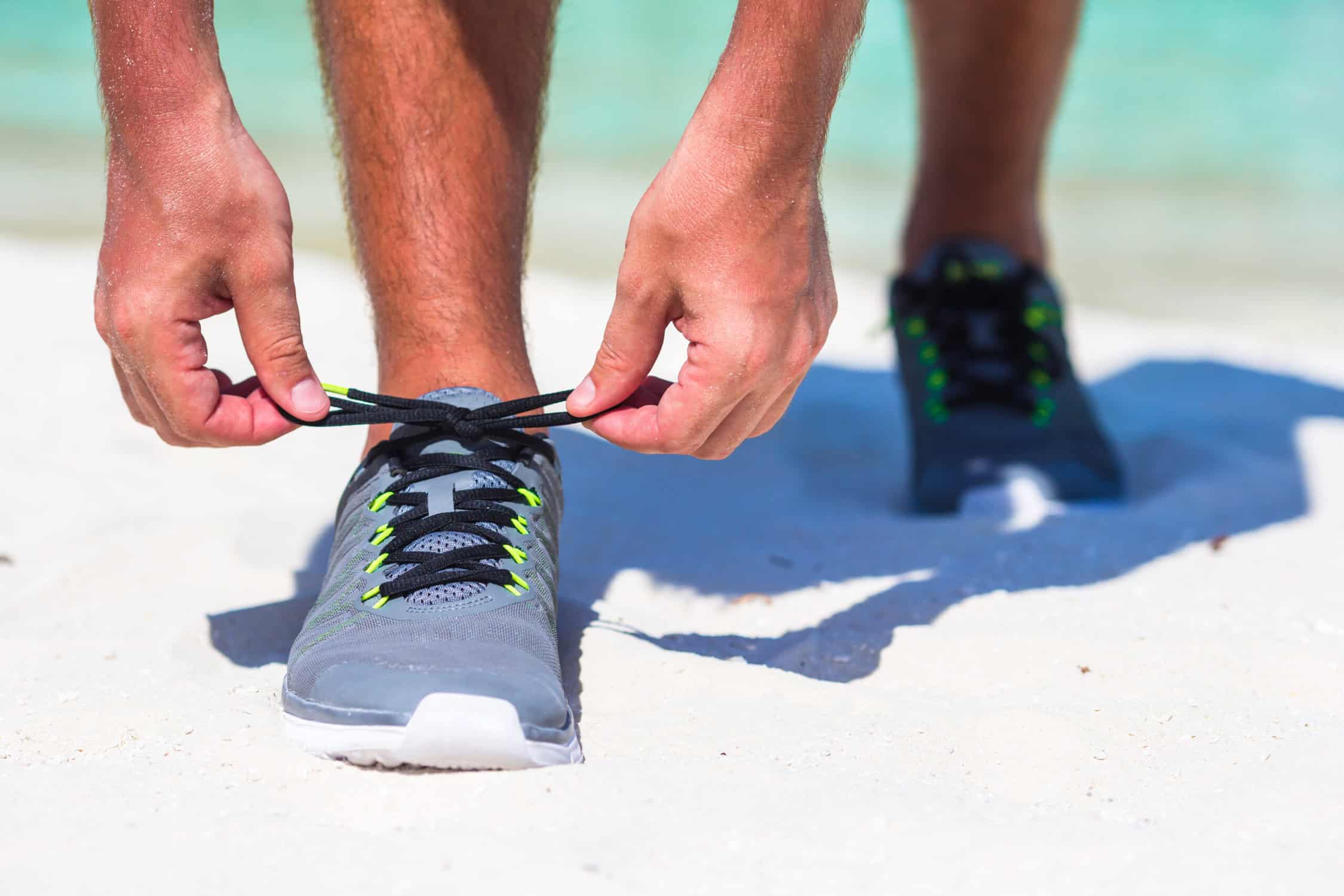
Choosing the best shoes for running on the beach is crucial to ensure comfort and prevent injuries. Whether you opt for running shoes or decide to go barefoot, each option has its unique benefits and risks.
Pros and Cons: Barefoot beach running can strengthen the muscles in your feet and improve your balance and proprioception. However, it also exposes you to potential hazards like sharp objects, hot sand, and blisters. On the other hand, wearing shoes provides protection and support, especially for those new to beach running or with pre-existing foot problems.
Recommendations: If you prefer running with shoes, choose lightweight, flexible running shoes with a good grip and drainage features. Water shoes or minimalist running shoes can be excellent choices as they offer some protection while still allowing a natural foot movement. If you decide to go barefoot, start slowly to allow your feet to adapt, and always inspect the running area for hazards beforehand.
Tip 3: Warm-Up Properly
A proper warm-up is essential to prepare your body for the unique challenges of beach running and to prevent injuries.
Warming up increases your heart rate, improves blood flow to your muscles, and enhances joint mobility, making your muscles less prone to injury.
Warm-Up Exercises: Start with a light jog or brisk walk along the shoreline to gradually increase your heart rate. Follow this with dynamic stretches such as leg swings, walking lunges, and hip circles to loosen up your muscles and joints. Include mobility exercises like ankle rotations and calf raises to prepare your lower legs for the uneven terrain.
Tips: Focus on dynamic stretches rather than static ones, as dynamic stretches better prepare your muscles for the activity ahead. Spend at least 5-10 minutes warming up before you start your beach run.
Tip 4: Start Slow and Build Up
When beginning beach running, it’s important to ease into it to allow your body to adjust to the new terrain.
Start with shorter distances to gauge how your body responds to running on sand. This helps prevent overuse injuries and allows your muscles and joints to adapt to the different demands.
Pay attention to your pacing. Running on sand is more challenging than running on solid ground, so it’s essential to listen to your body and not push too hard. Maintain a steady pace that feels comfortable and manageable.
Tip 5: Maintain Proper Running Form
Maintaining proper running form is key to reducing the risk of injury and maximizing your efficiency on the beach.
The ideal running form on sand involves a slight forward lean from the ankles, keeping your core engaged, and maintaining a relaxed upper body. Your stride should be shorter and quicker to adapt to the softer, uneven surface.
A common mistake is over-striding, which can lead to increased impact on your joints and a higher risk of injury. Another mistake is slouching or hunching over, which can cause unnecessary strain on your back and shoulders.
Tips: Focus on landing softly with a midfoot strike rather than heel striking. Keep your arms bent at a 90-degree angle and swing them naturally to help with balance and momentum. By staying upright and looking ahead rather than down at your feet, you’ll maintain better posture and reduce the risk of tripping or stumbling.
Tip 6: Stay Hydrated and Protect Your Skin
Staying hydrated and protecting your skin are essential when running on the beach, especially in sunny conditions.
Hydration: Running on the beach can cause you to sweat more due to the heat. It’s important to drink water before, during, and after your run to prevent dehydration. Dehydration can lead to dizziness, fatigue, and heat-related illnesses.
Skin Protection: The sun’s rays are stronger at the beach, and the reflection off the water and sand can increase your exposure. Protect your skin by applying a broad-spectrum sunscreen with at least SPF 30 before heading out. Reapply every two hours, or more often if you’re sweating heavily. Wearing a hat and UV-protective clothing can also help shield your skin from harmful UV rays.
Tips: Carry a reusable water bottle and take small sips throughout your run. Consider wearing light-colored, moisture-wicking clothing to stay cool. Sunglasses with UV protection can also help protect your eyes from the sun’s glare.
Tip 7: Cool Down and Stretch After Your Run
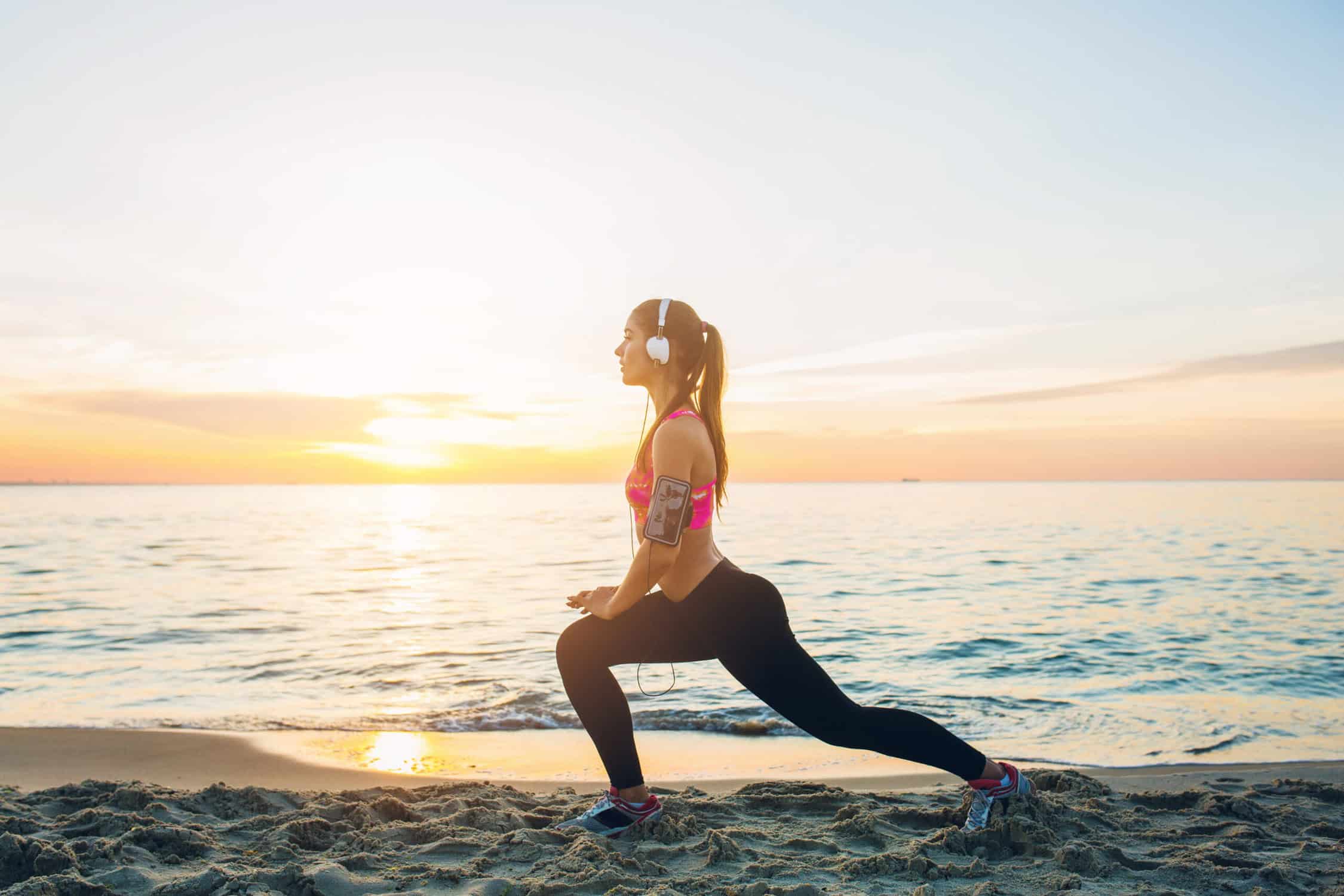
Cooling down and stretching after your run are essential for recovery and injury prevention.
A proper cool-down helps gradually lower your heart rate and stretching helps reduce muscle tension, increase flexibility, and speed up recovery.
Start your cool-down with a slow jog or brisk walk for 5-10 minutes. Follow this with static stretches targeting the muscles you used during your run. Focus on your calves, hamstrings, quadriceps, hip flexors, and lower back. Hold each stretch for 20-30 seconds without bouncing.
After stretching, rehydrate with water or an electrolyte drink to replenish fluids lost during your run. Refuel with a snack or meal containing a mix of carbohydrates and protein to aid muscle recovery. Allow your body to rest and recover by taking at least one day off from intense activity if needed.
Beach running offers a unique and rewarding way to stay fit while enjoying the natural beauty of Orange County. By following these tips, you can make your beach running experience safe, effective, and enjoyable!
Need Some Help With Physical Therapy?
If you’ve got an injury that’s stopping you from enjoying summer activities and keeping you from running, we’re here to help! Simply give us a call at 949-597-2103, or if you’re not ready to speak on the phone, you can click here to download our FREE sports injury guide.
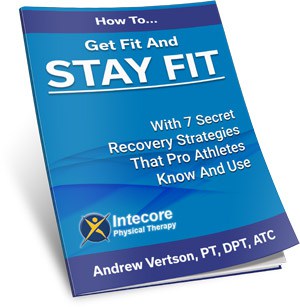
- 7 Ways to Get Rid of Tension Headaches Naturally - July 1, 2025
- Why Are My Feet Swollen? Common Causes Explained - June 2, 2025
- What Is Restless Leg Syndrome? Symptoms, Causes, and Relief Options - May 5, 2025






